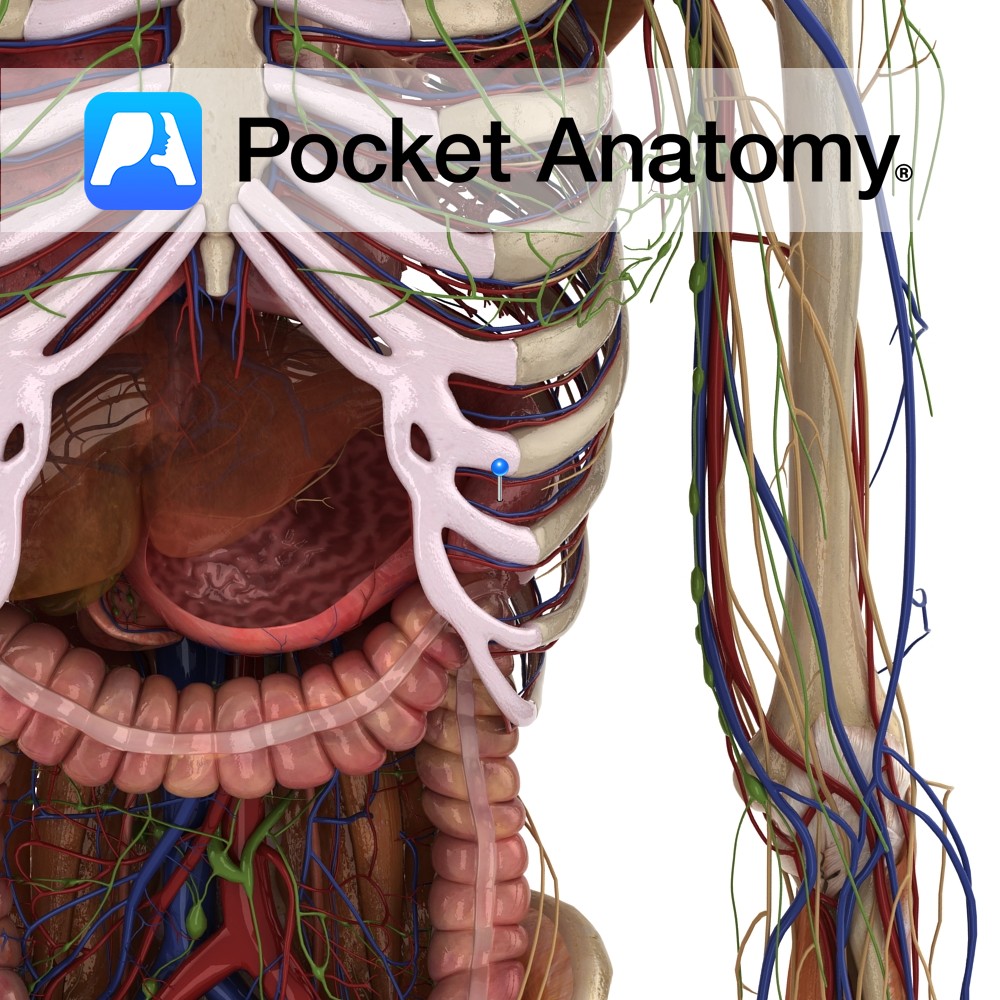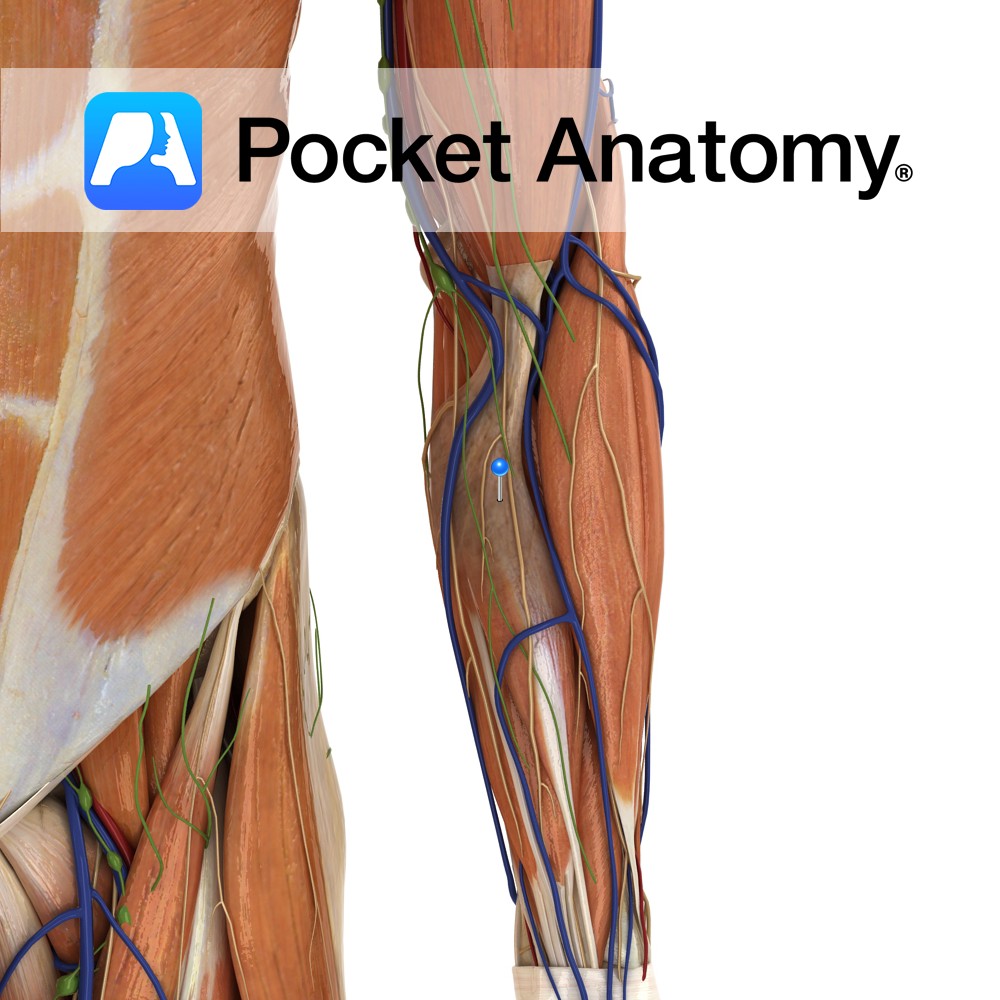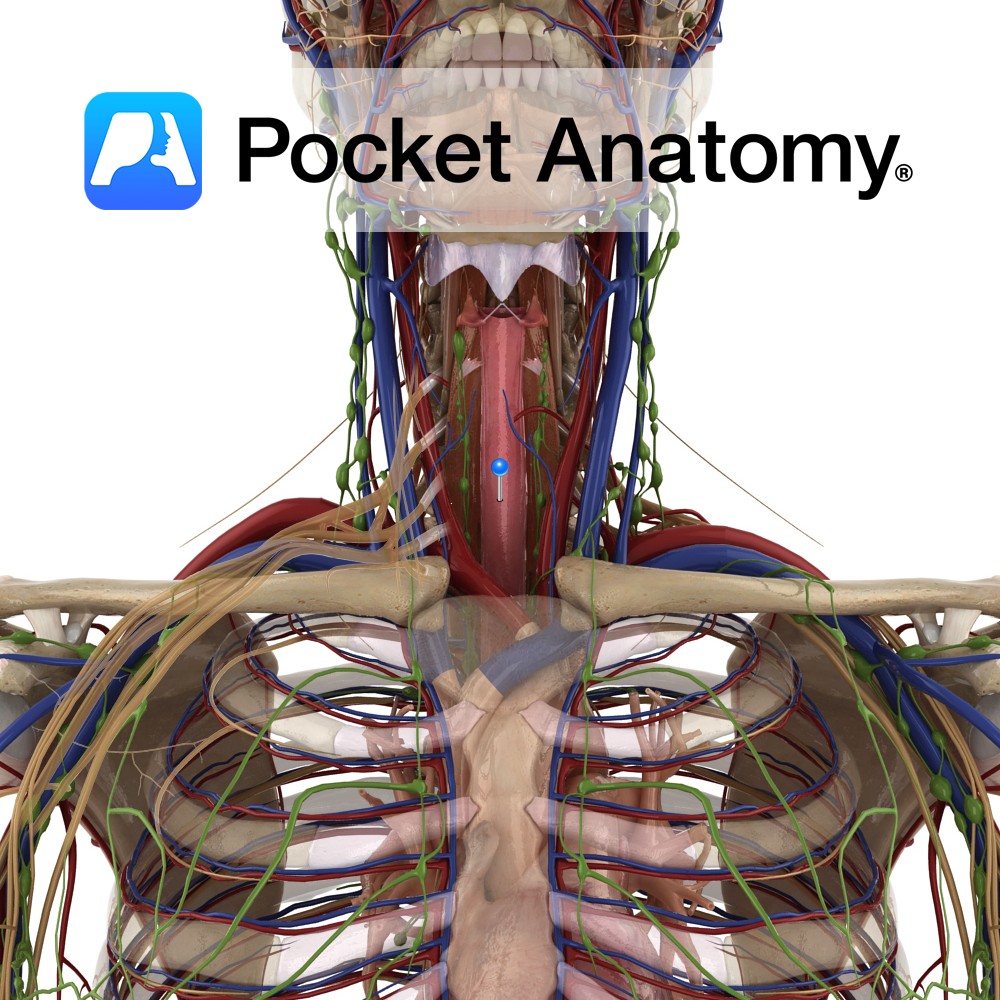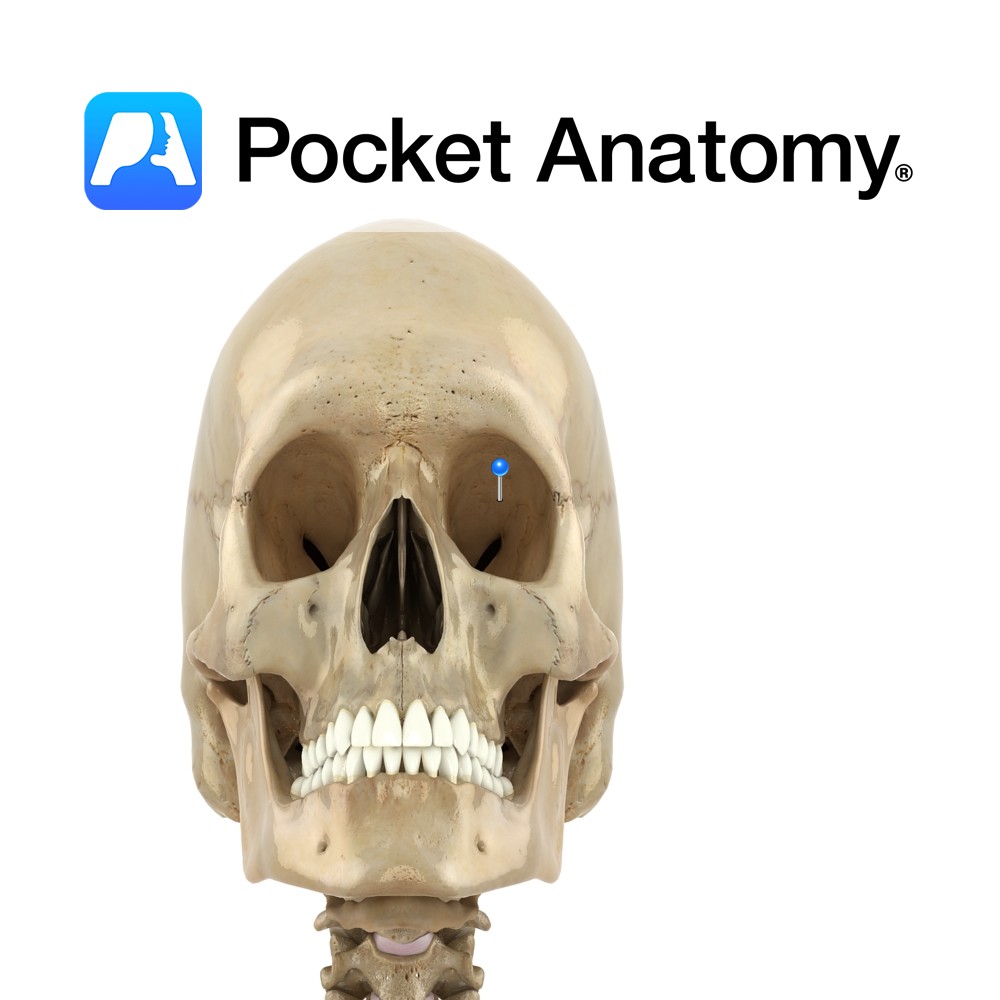Anatomy
Highly vascular, purplish, wedge-shaped (upper part thicker) organ (largest ductless), left upper quadrant abdomen; soft, as a result moulded by its contacts; diaphragmatic surface convex – diaphragm; visceral surface has anterior/ gastric, posterior/renal parts; gastric surface – back of fundus stomach, tail pancreas; renal surface – upper pole left kidney, sometimes adrenal; lower extremity (colic surface) – splenic flexure colon; concave medially with fissure/hilum (vessels, nerves, ligaments), convex laterally; peritoneal, with ligaments – gastrosplenic, splenorenal (through which by splenic artery from celiac trunk); accompanying splenic vein joins superior mesenteric vein behind neck pancreas, forms portal vein.
Lymphatic System
Largest lymphatic organ, spongy fragile convex, heart-sized, situated below diaphragm to left, behind stomach, connective tissue capsule that divides organ into lobules of Red and White Pulp. White Pulp; nodules (called Malpighian Corpuscles) made up of B-Lymphocyte-rich follicles and T-Lymphocyte-rich peri-arteriolar sheaths. Red Pulp (75-80% of Spleen); made up of blood-filled sinuses/sinusoids, Monocyte- and Macrophage-rich splenic cords (Cords of Billroth), and Marginal Zone separating it from White Pulp. Cortex of Spleen packed with Lymphocytes.
Physiology
10-15% of total blood volume is filtered each minute by Spleen (as Lymph Nodes filter Lymph); splenic Lymphocytes react to blood pathogens, try to destroy. Macrophages engulf/ingest/phagocytose damaged cells and cell debris. Spleen and Liver also remove old/damaged erythrocytes (RBCs, red blood cells) from circulation, recycling iron. As with other lymphatic tissue, Spleen produces lymphocytes as immune response to pathogens. Functions as Lymphocyte, blood (50 mls RBCs) and platelet (25% of total) reservoir (released in event of hemorrhagic shock). Red Pulp; blood filtration, monocyte reservoir. White Pulp; immune response.
Clinical
“1,3,5,7,9,11”; 1″X3″X5″ inches, 7 ozs, between 9th and 11th ribs. Like the Thymus, has only efferent lymphatic vessels (ie no afferent). Internal structure of white (with lymphatic nodules) and red pulp (collections/pools of blood cells) in supporting tissue, vascularly permeated. Part of lymphatic system (with lymph nodes and vessels and thymus), has some efferent lymphatic vessels; filters blood – removes old RBCs, recycles Fe – holds emergency blood reserve; holds half of all monocytes (components of mononuclear phagocyte system). Not ordinarily palpable. Non-vital organ.
Vignette
Site of erythrpoiesis in fetus. Most commonly injured organ (also, Liver) in blunt trauma abdomen, though partially protected by overhanging ribcage. Splenectomy can result in increased susceptibility to some infections. Enlarged (splenomegaly) in eg some cancers (leukemias), “overuse” (sa hemoglobinopathies, response to infection, marrow damage/infiltration), cirrhosis.
Interested in taking our award-winning Pocket Anatomy app for a test drive?





